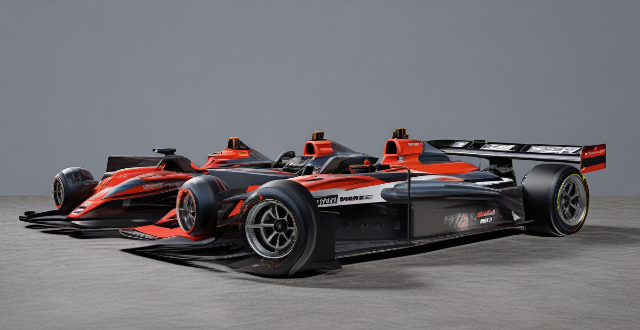Professional drivers modify their cars for optimal aerodynamics by using aerodynamic kits, bodywork modifications, specialized tires and wheels, suspension tuning, and engine and exhaust tuning. These modifications help to reduce drag, increase downforce, and improve cooling, ultimately impacting the vehicle's performance, stability, and speed.

Professional Drivers and Aerodynamics
Professional drivers, especially those competing in high-speed races like Formula 1 or Le Mans, often modify their cars for optimal aerodynamics. These modifications are crucial as they can significantly impact the vehicle's performance, stability, and speed. Here's how they do it:
1. Aerodynamic Kits
*Front and Rear Wings*
The front and rear wings of the car are designed to create downforce, which pushes the car towards the ground, increasing traction and allowing for faster cornering. They are adjustable, allowing drivers to fine-tune the balance of the car depending on the track conditions.
*Side Skirts and Diffusers*
These components help to direct air around the car more efficiently, reducing drag and increasing downforce. They also help to cool the brakes and engine by channeling air through vents.
2. Bodywork Modifications
*Smoothing the Body*
Professional drivers often have the bodywork of their cars smoothed out to reduce any imperfections that could cause turbulence in the airflow. This includes filling in gaps and making sure all panels are perfectly aligned.
*Venting*
Vents can be added to the bodywork to allow hot air to escape from the engine bay or brakes, further reducing drag and improving cooling.
3. Tires and Wheels
*Wheels and Rims*
Specialized wheels and rims are used to reduce weight and improve aerodynamics. They are often designed with specific shapes to minimize drag and can be made from lightweight materials like carbon fiber.
*Tire Choice and Pressure*
Choosing the right tire for the track conditions is crucial for optimal grip and handling. Tire pressure is also adjusted to find the perfect balance between grip and reducing rolling resistance.
4. Suspension Tuning
*Adjustable Suspension Arms*
The suspension arms can be modified to change the car's ride height and angle, affecting its aerodynamic properties. This allows drivers to fine-tune the car's balance and handling characteristics.
*Dampers and Springs*
Dampers and springs are tuned to provide the right amount of stiffness for the track conditions, ensuring that the car maintains good contact with the road surface while minimizing aerodynamic drag.
5. Engine and Exhaust Tuning
*Engine Mapping*
The engine's software can be remapped to optimize its performance for specific track conditions, such as altitude or temperature. This can also affect the car's overall aerodynamic efficiency by improving fuel economy and reducing exhaust gas temperatures.
*Exhaust System*
The exhaust system is often modified to improve flow and reduce backpressure, which can increase power output and reduce drag. Specialized exhaust pipes and mufflers are used to achieve this goal.
By making these modifications, professional drivers can ensure that their cars are optimized for aerodynamics, giving them a competitive edge on the racetrack.